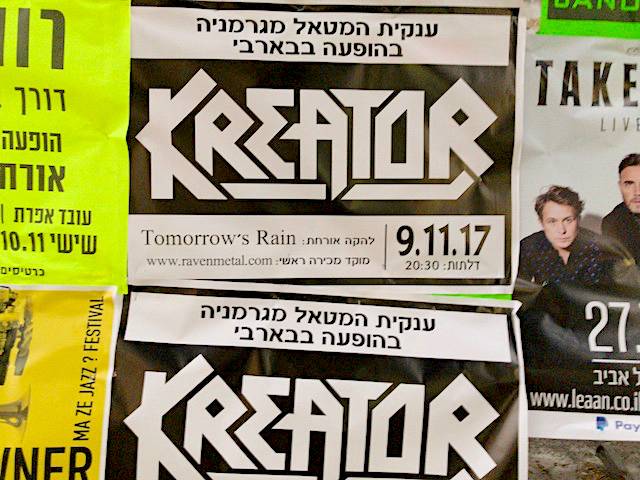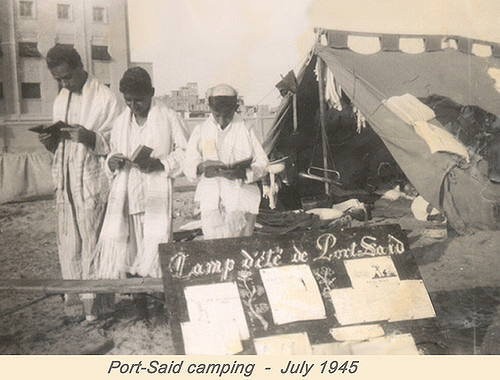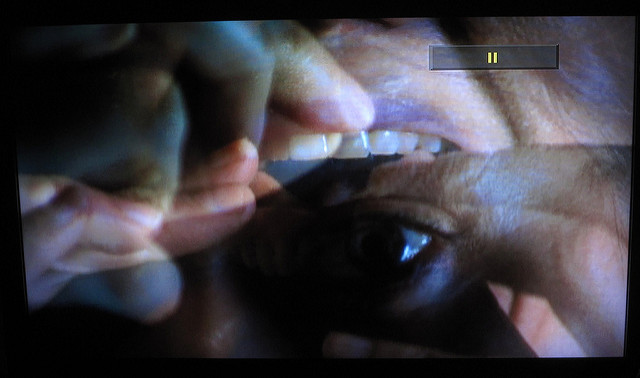Metal today is in crisis. Metal’s crisis doesn’t feel like a crisis. In fact it sometimes feels like quite the reverse. This is a crisis in which most are unaware that there is a crisis – and that is the crisis. The crisis is one of abundance.
Metal’s 40+ years of history and its multiplying sub-genres has meant that an enormous body of work has built up. New technology has created a situation in which metal, like almost every other kind of music, is instantly accessible. A very high percentage of the recorded work of the thousands of past and present metal bands is available online, either for sale or for free and often both. Even the most obscure historical artefacts are now available. Metal discourse is similarly abundant. There is plentiful information available about even the most obscure band on sites like Metal Archives. Every kind of metalhead can now find each other and every shade of metal opinion is catered for.
Abundance is not the same as diversity, although one frequently accompanies the other. Diversity refers to the breadth of options that are available. Abundance refers to their depth. In metal at the moment we have both diversity and abundance – not just a wide range of forms of metal, but a huge amount of it. It is the consequences of this abundance that interest me.
Outside the grumblings of the bands and record labels affected by falling sales, this abundance doesn’t feel like the symptoms of a crisis. Metal has never been more creatively vibrant and innovative then today. Metal continues to expand globally and even oppressive regimes have failed to kill it. To be a metalhead today is to be part of a diverse and self-confident network of scenes in which a vast range of musical and other pleasures are available.
So how can this be a crisis? I hope that my own experience can be instructive here.
Almost everything that I ever wanted in metal now exists. As a Jew, when I was younger I yearned for Jewish metal bands, for ways of doing metal Jewishly. Now, thanks to artists like Jamie Saft, Orphaned Land and Gevolt, there is Jewish metal (albeit not a great deal of it). In the past, I yearned for the avant-garde possibilities of extreme metal to be realised, for metal to be recognised so it could take its place within the canons of challenging music. Now, with post-metal artists like Sunn0))) pushing metal in ever more radical directions and with metal regularly featuring in impeccably high art publications as The Wire, metal is part of the avant-garde conversation. I also yearned for there to be a broader range of serious, politically progressive forms of metal writing. Now, thanks to blogs like Invisible Oranges and magazines such as Decibel, metal writing has never been more challenging.
So these are great days for Jewish, politically progressive lovers of radical metal art. But the effects of abundance go even further.
When I started out as a metal fan in the 1980s and, later on, when I embarked on a PhD on extreme metal in 1996, I had one abiding frustration: I could never get my hands on enough metal recordings to satisfy my thirst for metal knowledge. I could never keep up with the progress of the many metal genres. Of course, I bought stuff, but I couldn’t afford everything I wanted and in any case metal was never my only interest. Of course, I taped stuff from friends but I never had enough knowledgeable metal friends to cover all the bases. I could have tape traded, but it was a practice that involved such a degree of commitment that I found it intimidating.

Later on, as a writer for Terrorizer magazine I got a fair amount of free CDs, but I didn’t get sent ‘everything’ and in any case this didn’t help me catch up on metal’s history. The early years of my PhD were tense ones as I wondered how on earth I could accumulate the knowledge that I felt I needed. I remember an intense feeling of delight when, having befriended a fanatical tape trader in 1999, I received in the mail a tape with early Mayhem demos and rehearsal tapes from the 1980s.
Today, should I care to investigate Mayhem’s early career, I can find them instantly on Youtube or a dozen other places on the web. Whenever I hear of a band or recording that looks interesting, I can pretty much always hear it instantaneously, via Spotify, Myspace, Bandcamp, Youtube – or even by paying for it! The advantages of this abundance are obvious. I, or anyone else, can develop a deep knowledge of the depth and breadth of metal without any real difficulty. You don’t have to be a rabid tape trader with a massive address book to hear metal’s most mouth-watering rarities. You don’t have to be willing to spend a huge amount of time and/or money to keep up with metal’s progress.
While this abundance has fulfilled my metal dreams, it has been accompanied by a strange sense of deflation. To some extent this is because dreams fulfilled are almost always disappointing. There are also good reasons why abundance does not necessarily satisfy. The ease of finding what was once obscure takes away the pleasures of anticipation, of discovery, of searching things out. The fact that metal music is no longer found exclusively in physical media removes much of that precious ‘aura’1 that can accompany physical art objects. Demo tapes were exciting and mysterious objects because one had to ‘work’ to track them down. In the 1990s, I remember hearing rumours that there was a Pakistani metal band who had released a demo, something that seemed impossibly obscure and exotic at the time. I tried and failed to track down their tape, but I did track down others from faraway metal lands like the Phillipines and Peru and there was always a delightful frisson when tapes from distant lands finally arrived in the mail. Today, there isn’t much frisson to googling something and finding it. Stripped of the aura, rare and obscure metal recordings become much more mundane.
The same sense of disappointment has also clouded my experience of the expanding field of academic metal studies and the development of a more critical, politically-engaged metal discourse. In the 1990s, and even for much of the 2000s, discovering a new paper or book on metal, or meeting another scholar of metal was enormously exciting. While I love the emerging metal studies community and am learning a huge amount from the growing amount of metal research, the pleasures of discovery and of being one of a few have been replaced by the slow hard work of reading and integrating the substantial new scholarship that has emerged. Similarly, as a critic, the fact that metal is developing a more critical voice has removed some of the invigorating discontent and discomfort that I once felt at being part of the metal scene. The only critical task left is to keep going, while encouraging that which already exists to blossom further – an important task, but not one that puts fire in the belly.
These vague disappointments are not enough to make me abandon metal. Indeed, some new pleasures have replaced the old, such as the pleasures of losing oneself in the sea of instantly available music. Yet metal’s contemporary abundance has made me realise how important scarcity used to be in the pleasures that metal scenes offered. It may only be a memory now. However, it still preserves that necessary halo, that makes metal still feel fresh, and new. I expect others feel that way, too.
Part I, in a Series
Notes
Of course, Walter Benjamin’s famous essay on The Work of Art in the Age of Mechanical Reproduction, worried that this aura was usually absent in mass produced physical art objects (never mind virtual ones.) One wonders how Benjamin might have updated his essay today.
Photographs courtesy of Metal Chris. Published under a Creative Commons license.





